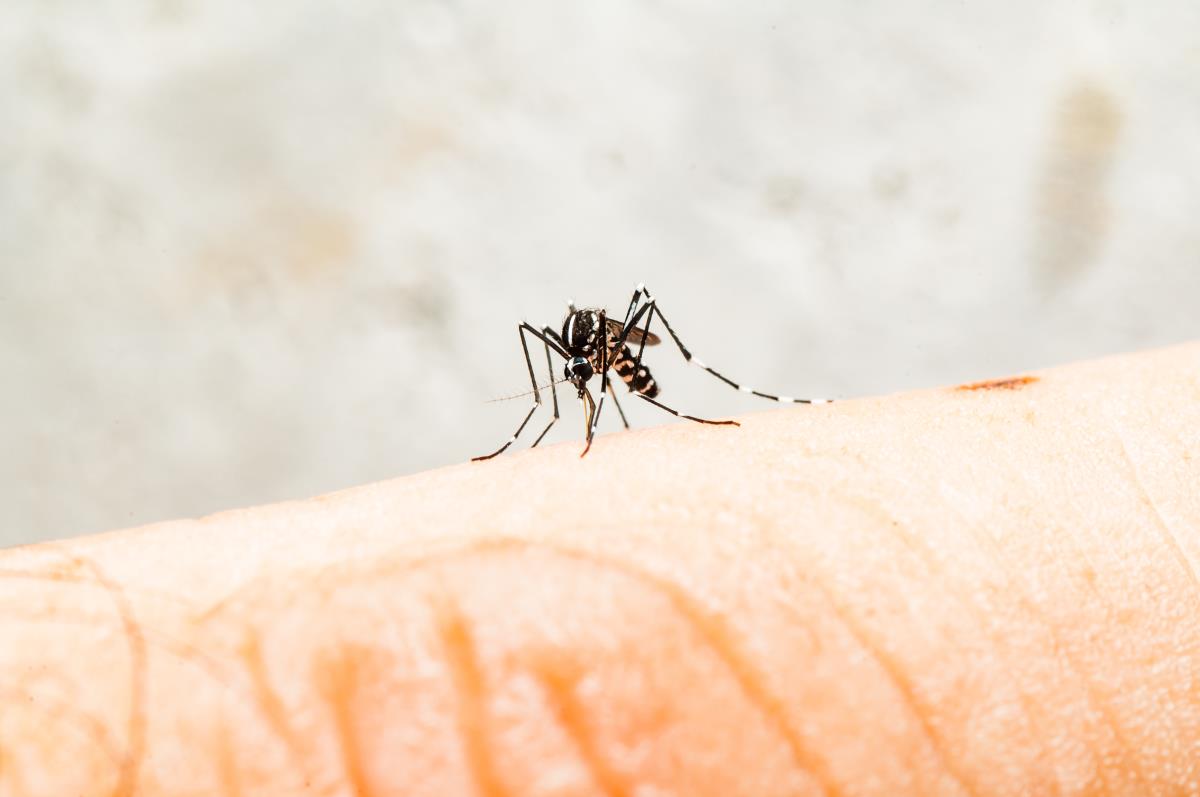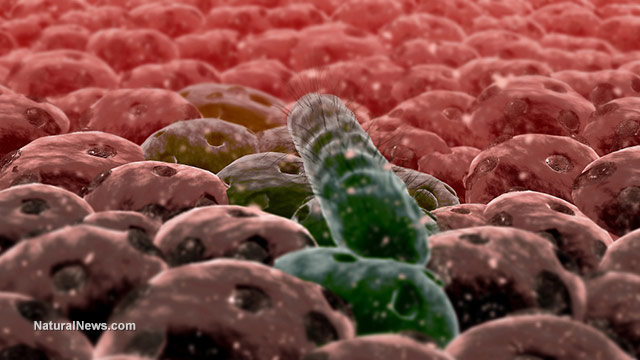Malaria-infected children give off a distinctive smell that makes them even MORE attractive to mosquitoes
09/15/2018 / By Zoey Sky

According to a study, malaria-infected children emit a unique smell through their skin and it makes them “even more attractive to mosquitoes.”
The study was published in the scientific journal Proceedings of the National Academy of Sciences and it involved researchers from Cardiff University, the London School of Hygiene and Tropical Medicine, and Wageningen University.
The study is the first of its kind to determine this unique chemical fingerprint. With this, researchers are hopeful that they can one day create an effective system that can lure mosquitoes away from human populations and prevent the spread of mosquito-borne diseases like malaria.
Skin of malaria patients give off “fruity and grassy” odor
The researchers obtained samples from 56 children in western Kenya that helped them isolate a “fruity and grassy” smell secreted through the skin of patients infected with Plasmodium, the malaria parasite.
After the smell was studied, the findings revealed that the unique odor was due to compounds called aldehydes, particularly heptanal, nonanal, and octanal. The results also confirmed that the proportion of aldehydes went up from at least 15 percent of the total odor in non-infected individuals to about 23 percent in infected individuals. The higher the density of parasites in the blood, the higher the level of aldehydes emitted by each patient.
Professor John Pickett FRS, the co-author of the study, was the first to identify mosquito pheromones in the 1980s. Pickett, who comes from Cardiff University’s School of Chemistry, posits that the new findings can pave the way for a system that can “trap” malaria-carrying mosquitoes.
Picket said that through the study, they were able to identify the underlying chemical fingerprint, which was made up of specific volatile aldehydes. The compounds emit smells as the human host becomes infected by malaria parasites.
For the study, the researchers collected odor samples from the 56 children, who were aged five to 12 years old, via a special plastic bag that was placed around the foot of each child. Dr. Ailie Robinson, from the London School of Hygiene and Tropical Medicine, studied the foot odor samples that were collected on a filter.
Robinson also studied if a mosquito’s “nose” responded differently to the collected odors of children with and without the mosquito-borne disease.
The researchers analyzed nylon socks worn by the children for one night and the results confirmed that the body odor of children with malaria was more attractive to mosquitoes than smells from children who didn’t have the disease. (Related: Researchers say this common African tree holds the key to a natural cure for malaria.)
Dr. Jetske de Boer, the lead author of the study from Wageningen University, noted that while the fruity or grassy smells are common, for some reason they’re very attractive to mosquitoes.
Boer added that the discovery of a connection between aldehydes and malaria infection can help researchers learn more about the parasite’s infection route. This knowledge can also allow them to find ways to prevent infection and make odor-baited traps more effective through the addition of more aldehydes.
Boer concluded, “Moreover, these compounds can serve as biomarkers with which diagnostic tools can be developed, without the physician having to draw blood. This would be faster and a lot more child-friendly.”
Natural remedies for malaria
Here are some natural remedies that can help treat this dreaded disease:
- Cinnamon – Cinnamon contains cinnamaldehyde, a potent powerful organic component with anti-inflammatory properties that can help address malaria’s symptoms such as diarrhea, fever, and a headache.
- Fever nut – The seeds of the fever nut has powerful active ingredients that can help break a fever and strengthen the immune system.
- Ginger – Ginger has an active ingredient called gingerol. Gingerol has unique hydrocarbons with potent anti-inflammatory and antibacterial activities. Boil a ginger decoction to boost your immune system and hasten the recovery process after an infection.
- Holy basil – Holy basil has an active ingredient called eugenol that can help reduce the symptoms and severity of malaria. Eugenol can also treat bacterial infections.
You can read more articles about malaria and how to prevent it at Research.news.
Sources include:
Tagged Under: aldehydes, biomarkers, Chemistry, children's health, environment, heptanal, infectious disease, infectious diseases, Kenya, Malaria, mosquito-borne diseases, mosquitoes, parasites, plasmodium, prevention, research, tropical medicine, weird science




















